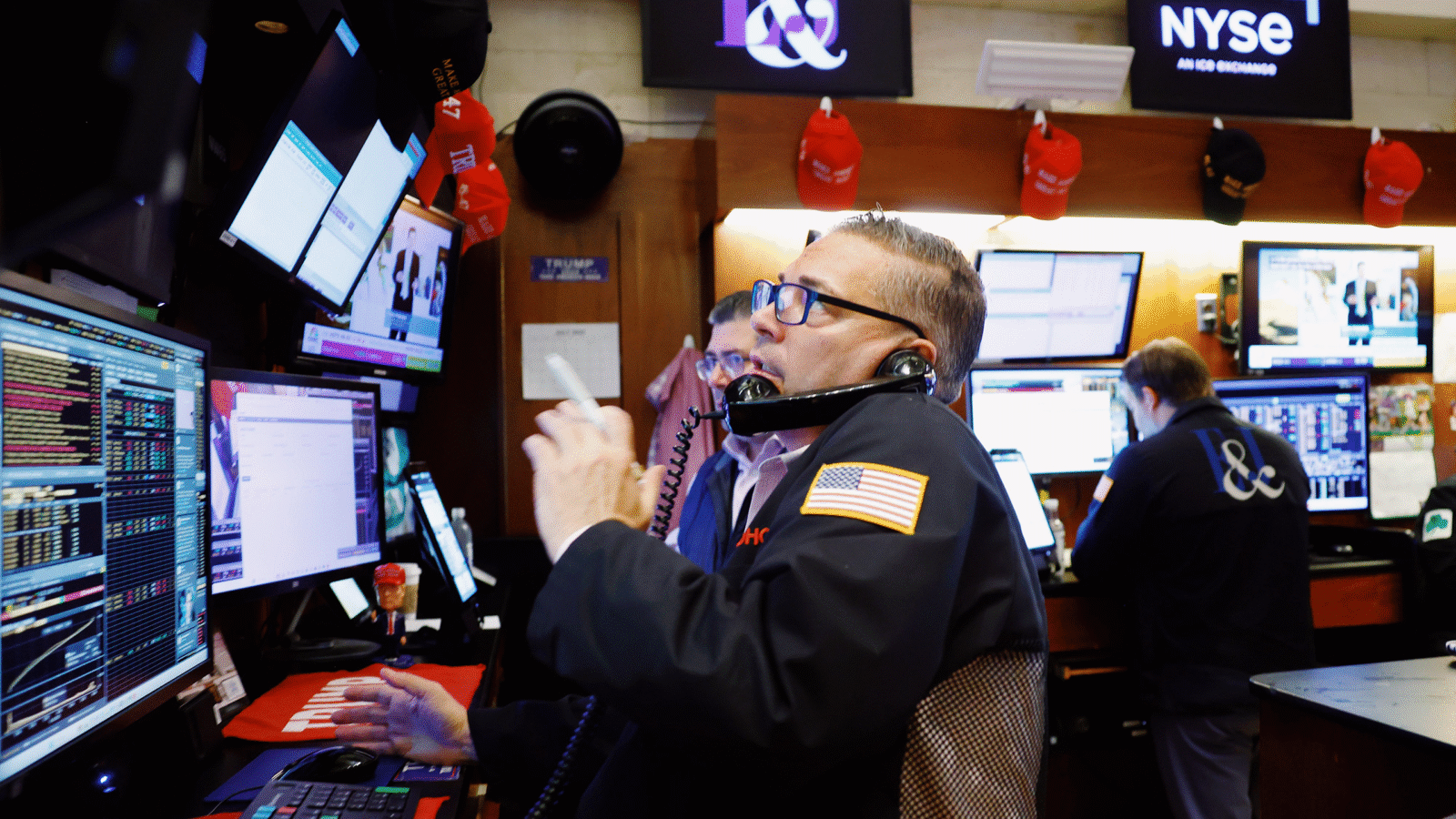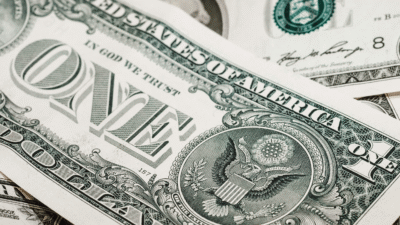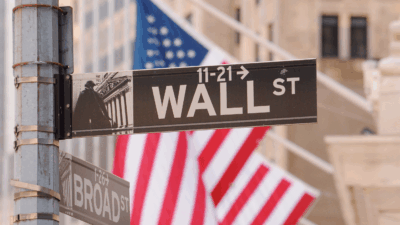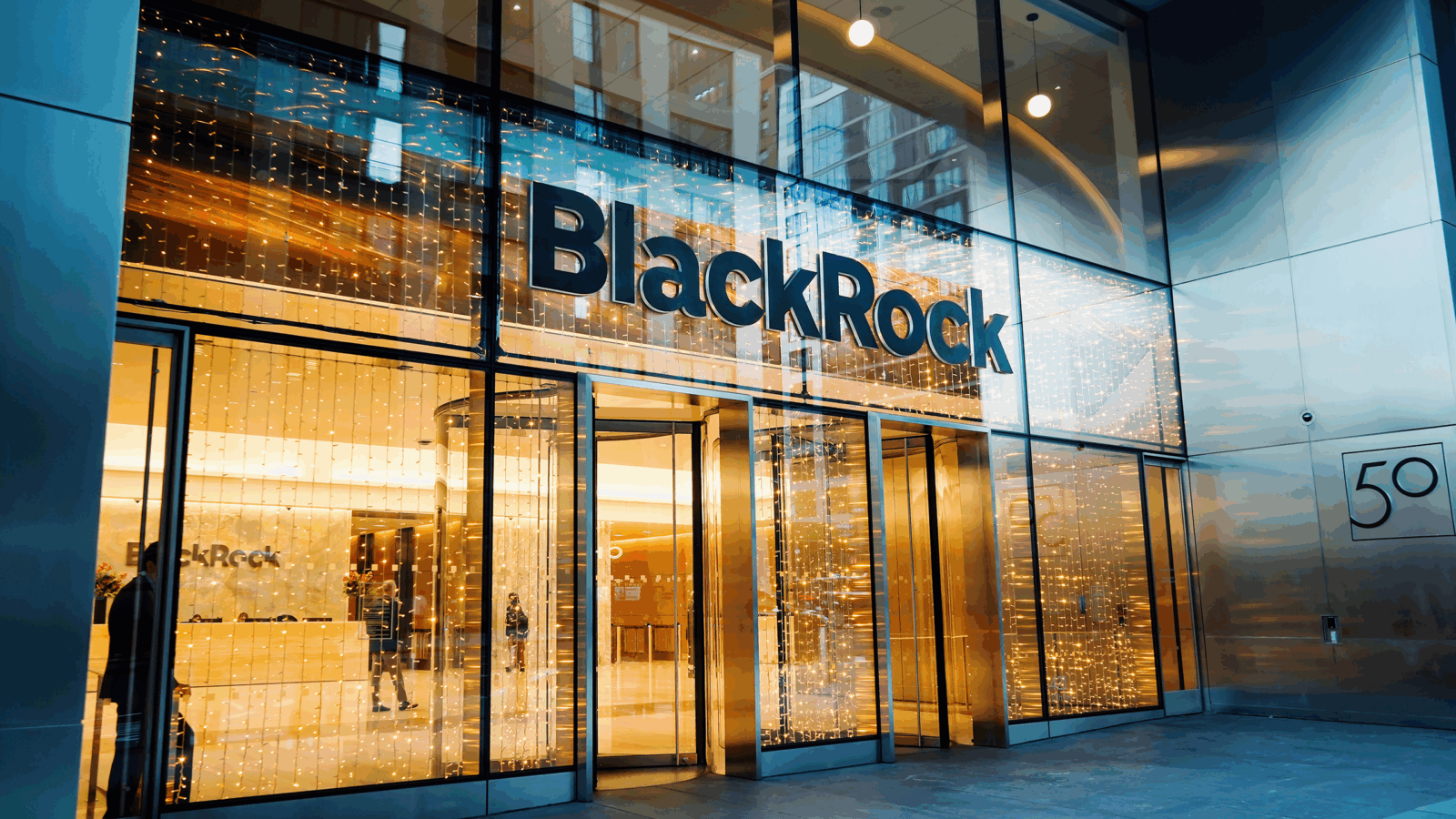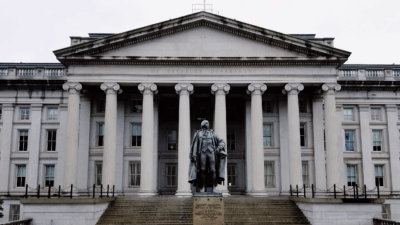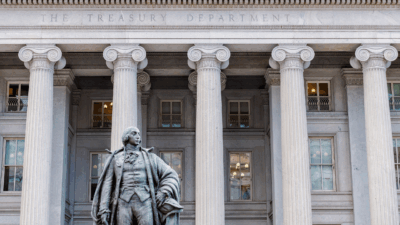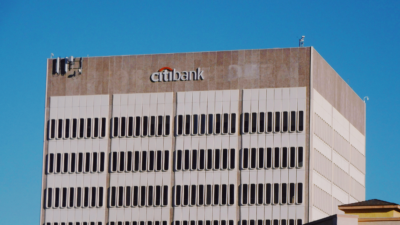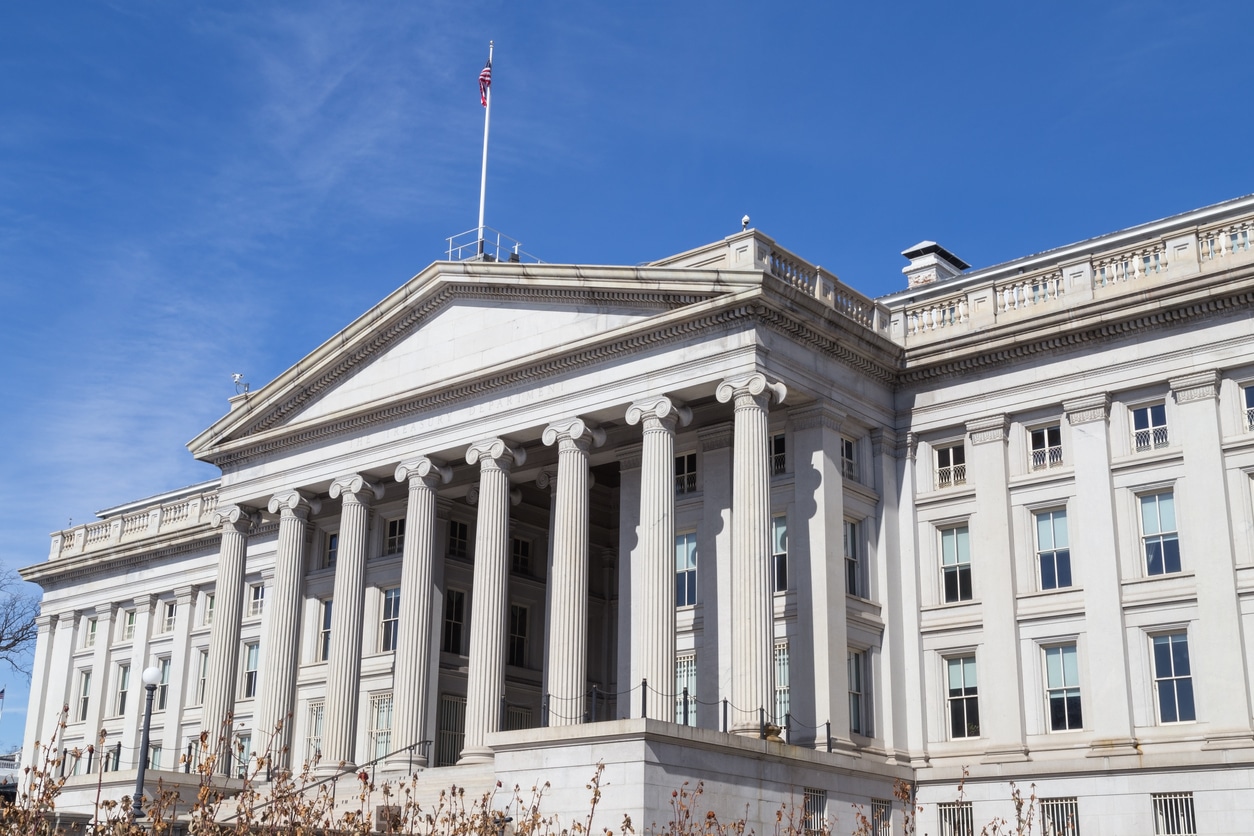
Sign up for smart news, insights, and analysis on the biggest financial stories of the day.
Have $10,000 or less that’s sitting there and depreciating in value as inflation makes literally everything but a free walk in the park more expensive? The US Treasury Department may have just the tonic to make things feel a little bit better.
On Monday, the Treasury announced that Series I savings bonds, an inflation-protected investment backed by the US government, will pay 9.62% interest through October 2022.
A Bond Like No Other
Series I savings bonds are more commonly known as I Bonds, but obviously have nothing to do with iPhones, iBooks, or iMacs, apart from prescient branding. What makes them unique is that they pay a fixed rate of return set by the Treasury Department as well as an inflation-adjusted variable rate of return. The second of these changes every six months and moves in tandem with the Consumer Price Index (CPI). In other words, the money that goes into these bonds is protected from inflation by one of the most creditworthy institutions in the world — the US government.
Is there a catch to this too-good-to-be-true scenario? Of course there is:
- You can only buy a maximum of $10,000 in I Bonds per calendar year (though as little as $25), and they must be purchased on the government portal treasurydirect.gov. Buyers can stretch that a little further by using their federal tax refund to buy an extra $5,000 worth of I bonds, or buying them through businesses, trusts, or estates.
- While the 9.6% inflation-adjusted rate set Monday — based on the latest CPI data from March, which pegged annual inflation at 8.5% — is the highest since the I Bonds launched in 1998, the bonds can only be redeemed after a full year.
“Even if future inflation numbers go back to normal, that would still result in a competitive return for I Bonds over the next couple of years,” wrote Ken Tumin, an analyst at Lending Tree. “The primary downside of I Bonds is the purchase limit.”
Cashout Caveat: I bonds mature after 30 years, so investors can earn interest on them for a good three decades. If you cash out before five years, however, expect a penalty: the last three months of interest. In a year featuring the S&P 500 down by almost 15% and economic headwinds galore, even that might be worth it in 12 months’ time.
